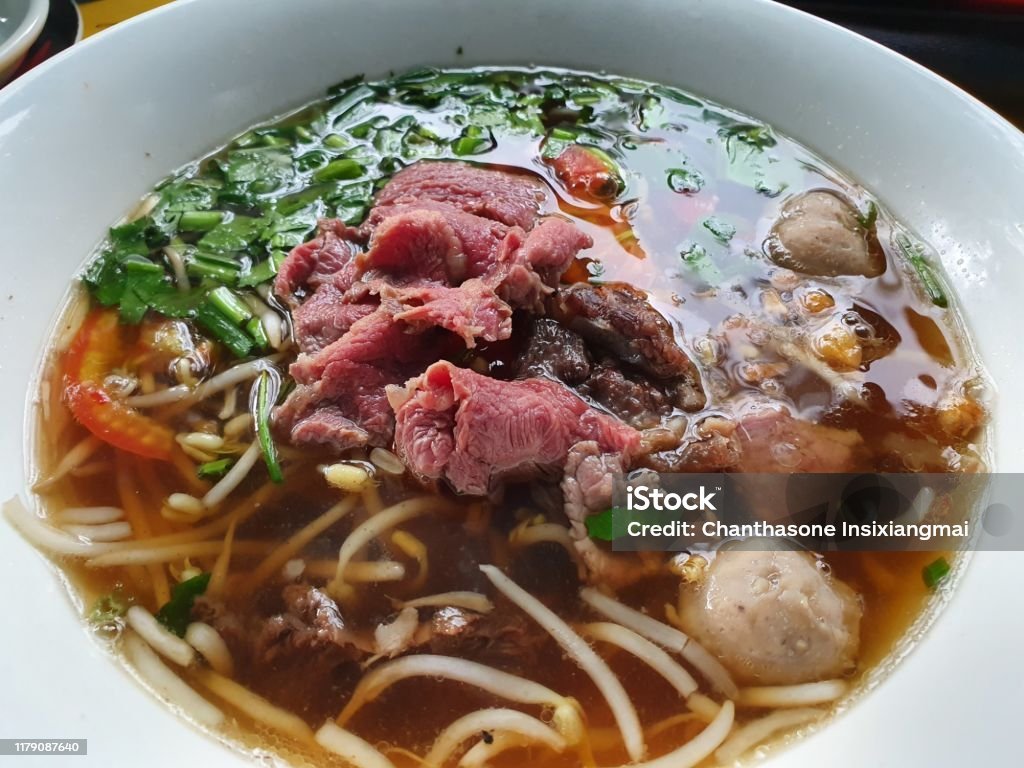

Sustainable living is more than just a trend; it’s a way of life that harmonizes human activities with the natural world, ensuring the well-being of our planet for future generations. Rural Vietnam is a vivid tableau of such practices, where sustainable agriculture, traditional architecture, and community-driven conservation efforts paint a picture of a society living in close communion with nature. This article explores these aspects, offering a glimpse into the harmonious balance between human existence and environmental stewardship in the Vietnamese countryside.
Sustainable Agriculture: A Backbone of Rural Life
Agriculture in rural Vietnam is not just a means of subsistence but a testament to the resilience and innovation of its people. Sustainable farming practices have been honed over centuries, adapting to the country’s diverse landscapes—from the mountainous terrains of the North to the lush Mekong Delta in the South. Here, farmers embrace a holistic approach to agriculture that prioritizes biodiversity and ecological balance.
Polyculture and Crop Rotation: Unlike the monoculture practices that dominate much of global agriculture, Vietnamese farmers often cultivate various crops on the same land. This polyculture system supports a healthy ecosystem, reducing the need for chemical fertilizers and pesticides. Crop rotation, another time-honored technique, naturally replenishes the soil, preventing nutrient depletion and reducing soil erosion.
Integrated Pest Management (IPM): Rural Vietnam’s approach to pest management relies less on synthetic chemicals and more on natural predators and plant-based remedies. This method minimizes environmental impact, protects pollinators, and ensures the health and safety of the community and its produce.
Water Conservation: Innovative irrigation techniques, such as bamboo drip systems and rainwater harvesting, reflect the deep understanding and respect for water resources in rural Vietnam. These methods ensure efficient water use, crucial in areas prone to drought or flooding.

Traditional Architecture: Harmony with Nature
Vietnam’s rural landscapes are dotted with traditional houses embodying sustainability principles and environmental harmony. These structures, often made from locally sourced materials like bamboo, wood, thatch, and clay, are designed to withstand the local climate while minimizing the ecological footprint.
Natural Ventilation and Cooling: Traditional Vietnamese homes are marvels of natural ventilation, designed to keep the interiors cool in the hot, humid climate. The layout of these houses, including the orientation and the size and placement of windows, maximizes air circulation, reducing the need for artificial cooling.
Eco-friendly Materials: Using natural, renewable materials reduces the carbon footprint of these structures and ensures that they are biodegradable and non-toxic. Moreover, local materials sourcing supports the local economy and reduces transportation emissions.
Resilience to Natural Disasters: Adapting to the local environment also means building homes that can withstand natural disasters like floods and typhoons. Elevated houses on stilts, for example, are typical in flood-prone areas, showcasing an ingenious solution that protects homes while allowing life to flourish below.

Community-driven Conservation Efforts
In rural Vietnam, conservation is not just a government mandate; it’s a community endeavor. Villages across the country are engaged in various initiatives to protect their natural environment, driven by the understanding that their livelihoods are deeply intertwined with the health of the land.
Forest Protection and Reforestation: Communities participate in protecting forests and engaging in reforestation efforts, recognizing the forests’ role in preventing soil erosion, preserving water sources, and sustaining biodiversity. These efforts are often supported by traditional knowledge and practices that emphasize the sacredness of nature.
Wildlife Conservation: Rural communities are also at the forefront of wildlife conservation, protecting endangered species and their habitats. Initiatives often involve community patrols, wildlife monitoring, and education programs to reduce hunting and promote coexistence with nature.
Sustainable Tourism: Recognizing the value of their natural and cultural heritage, many rural areas are embracing sustainable tourism. This approach offers an alternative income source for communities while ensuring that tourism has a minimal environmental impact. Activities are designed to promote cultural exchange, environmental awareness, and the preservation of natural landscapes.

Conclusion
The sustainable living practices in rural Vietnam are a testament to the wisdom and resilience of its people. Through sustainable agriculture, traditional architecture, and community-driven conservation efforts, these communities demonstrate a profound respect for nature and an unwavering commitment to living in harmony with the earth. Their practices offer valuable lessons for the rest of the world, highlighting the importance of adopting sustainable lifestyles to ensure the health of our planet for generations to come. As we face increasing environmental challenges, the example set by rural Vietnam serves as a beacon of hope and a guide towards a more sustainable and equitable future for all.







